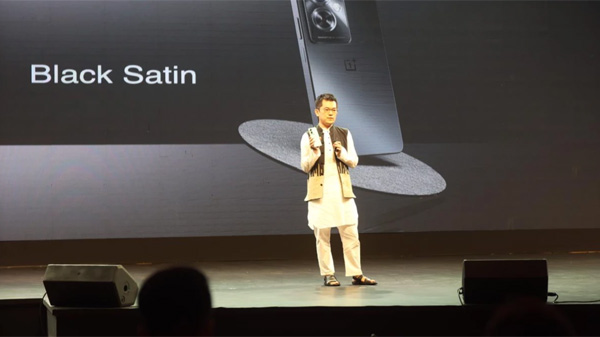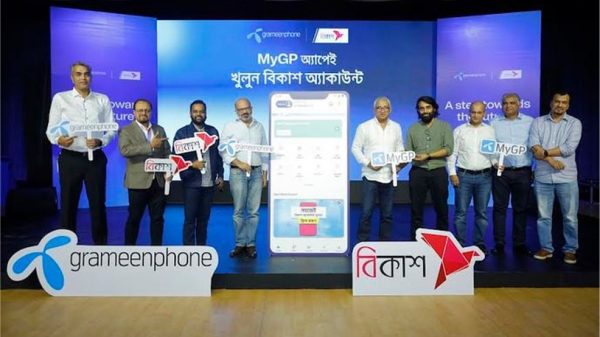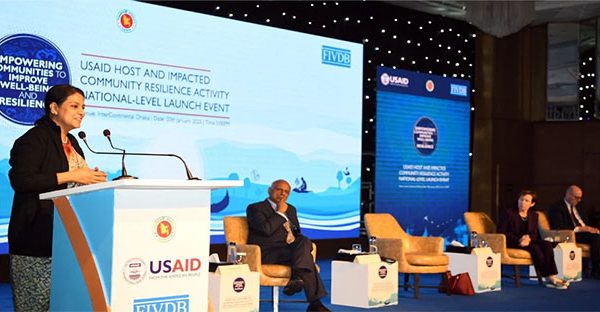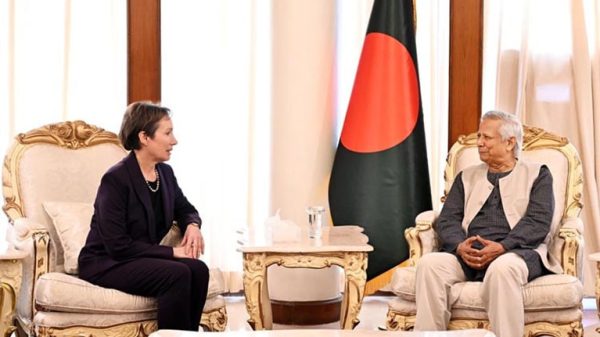Mongol-Tori Phoenix: BRAC University’s next-generation Mars rover

- Update Time : Tuesday, 7 May, 2024, 03:53 pm
- 60 Time View
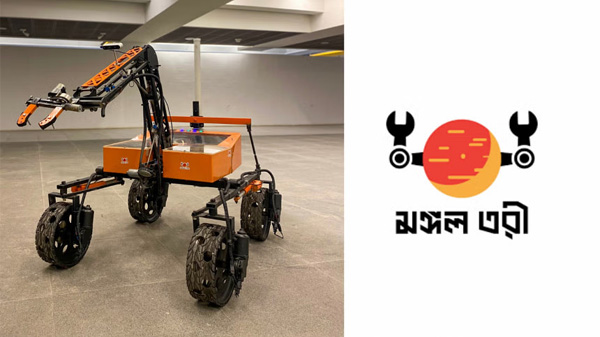
Online Desk: Mongol-Tori’s Phoenix, a next-generation Mars rover from BRAC University (BRACU), has secured a spot in the finals of the University Rover Challenge (URC) 2024, which will take place at the Mars Desert Research Station in Utah. The rover, which might alongside human explorers on the red planet someday, can retrieve objects, complete autonomous traversal missions, collect visual data, perform planetary analysis, detect the presence of life by conducting biosignature tests, and help astronauts with equipment servicing.
The Mongol-Tori team is supervised by their advisor, Dr Md Khalilur Rahman, an associate professor at the Department of Computer Science and Engineering Department of BRACU.
“We can’t forget our constant source of support, Dr Khalilur sir, our team advisor, for always being there for us and helping us whenever we need it,” said Mongol-Tori’s team lead Al Mahir Ahmed. Apart from the supervisor and team lead, the innovative minds directly associated with Mongol-Tori include co-team lead Sanzim Khan, and sub-team leaders Zaiyan Azad Moslem (electronics), Rafid Khan (network and vision), Sheikh Ayatur Rahman (AI and autonomous systems), and Samiha Tashin (science mission).
Al Mahir is responsible for all technical aspects of the rover, focusing on control and autonomous systems. His role involves developing and implementing algorithms and software architectures crucial for the rover’s navigation, manipulation, and decision-making processes.
Sanzim Khan oversees the mechanical aspects and team operations. He is essential to the overall development and operational preparedness of the rover, from engineering sturdy chassis and suspension systems to managing team-wide administrative and logistical responsibilities.
Zaiyan Azad Moslem oversees electricity distribution, circuit design, and protective systems. Using his knowledge of electrical engineering, he creates innovative methods to secure delicate electronics from environmental threats, maximise power efficiency, and guarantee dependable communication.
Sheikh Ayatur manages AI and autonomous systems development. Using cutting-edge machine learning algorithms and artificial intelligence approaches, he gives the rover the ability to sense its environment, process information, and come to wise conclusions on its own.
Rafid Khan takes charge of network and vision systems, ensuring rover communication and visual processing. To provide smooth communication between the rover and mission control and to enable real-time analysis of visual data, he develops and sets up monitoring systems, image processing algorithms, and network protocols.
Samiha Tashin leads scientific missions, including data analysis and sample collection. She designs and executes scientific experiments, interprets data collected by onboard instruments, and coordinates sample collection efforts to gather valuable insights into Mars’ geological and environmental characteristics.
This year, the newer Phoenix rover comes with several changes and features that make it stand out and is engineered in a way to excel in extreme missions in Mar’s terrain. The team’s commitment to expanding the possibilities for robotic exploration is demonstrated by this new rover.
“The fresh new design takes inspiration from the phoenix bird itself and the red planet Mars, and most of the credit for the design goes to my co-team lead, Sanzim Khan, and his design team,” said Al Mahir.
With omnidirectional wheels and a strong rocker-bogie suspension system, Phoenix offers unmatched performance on a variety of surfaces, coupled with a user-friendly graphical user interface (GUI). Even in the most hostile Martian conditions, its dual-band communication systems, which are precisely built for stability and increased range, ensure uninterrupted connectivity. This crucial component not only ensures reliable communication with mission control but also makes data transmission easier, which is necessary for successful mission completion and scientific analysis.
Phoenix’s five-degree manipulator, an engineering marvel that enables unmatched precision in tackling complex jobs, is one of its most noteworthy enhancements. Its adaptability is further increased with the inclusion of omni-wheel steering, which allows it to navigate difficult terrain with unmatched agility and efficiency. The rover’s sophisticated steering system makes it easy to manoeuvre in any direction, which makes it skilled at navigating difficult terrain. With the help of the Global Navigation Satellite System (GNSS) and the well-known Robot Operating System (ROS), Phoenix can perform autonomous navigation that raises the bar for robotic exploration. Phoenix’s fundamental ROS allows it to adjust to changing conditions.
This year, at the URC, Phoenix achieved an outstanding System Acceptance Review (SAR) score of 87.38 out of 100, demonstrating its abilities in geological exploration and remote sensing. Phoenix showed an amazing ability to get into Martian surface materials with its Synthetic Aperture Radar (SAR) equipment and provide high-resolution, detailed photos of subsurface formations.
“We’ve faced all kinds of hurdles along the way, be it circuits burning, parts breaking down, and, every engineer’s worst nightmare, a system that worked yesterday but stopped working today. We got through it all with a lot of determination, hope, and sticking together, I really can’t be grateful enough for my team, they’re a beautiful bunch,” said Al Mahir Ahmed.
Mongol-Tori’s team members are confident and looking forward to emerging victorious at the upcoming URC 2024.



